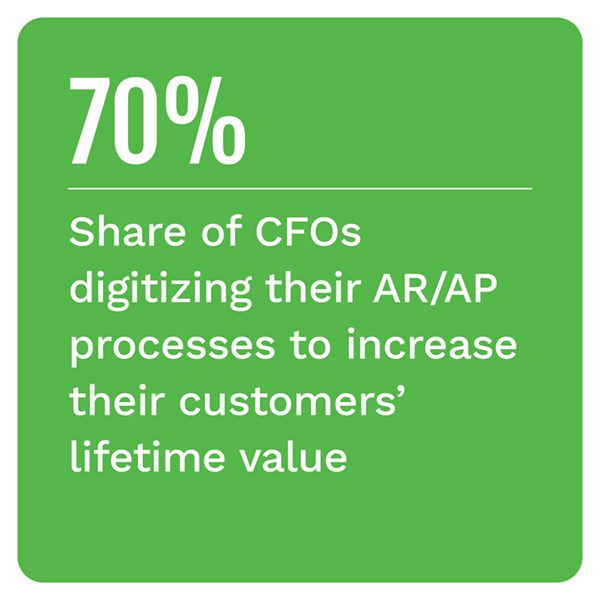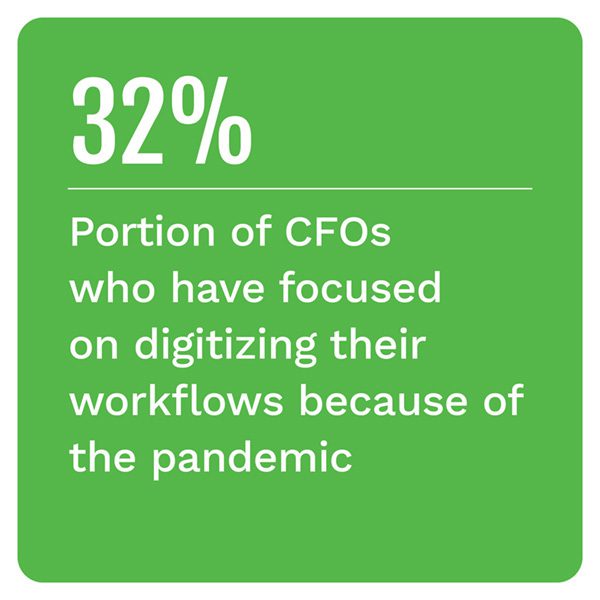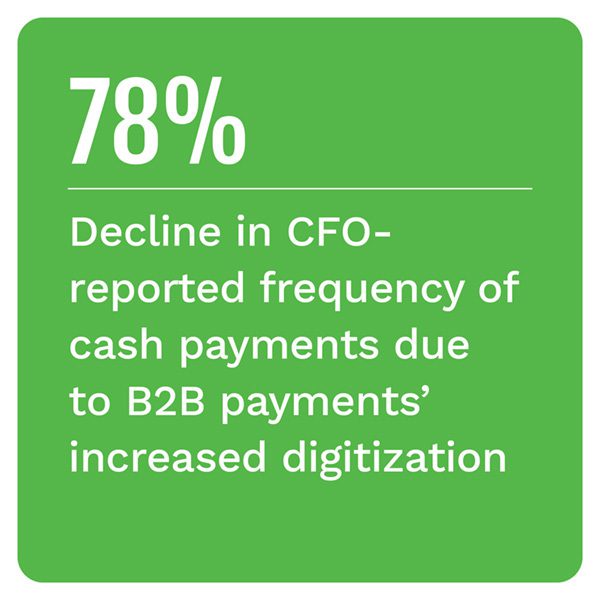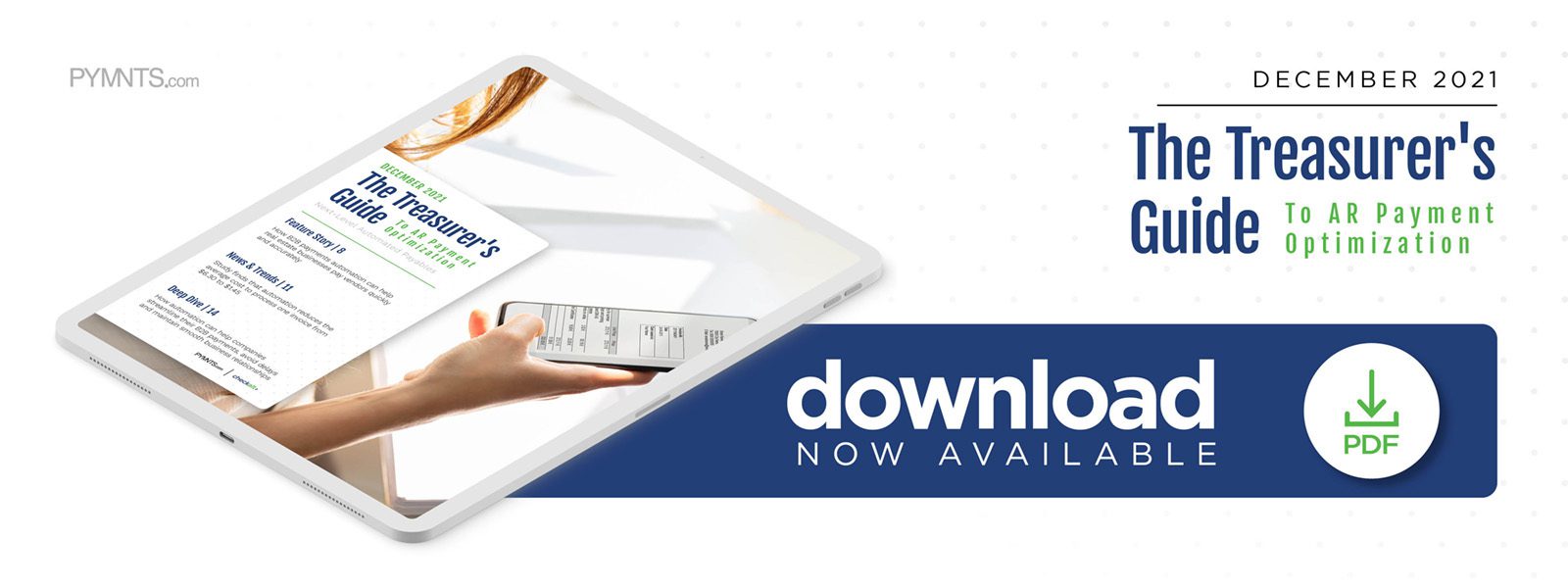Real Estate Transactions Are Complicated But Real Estate Payments Don’t Need To Be

Businesses of all sizes struggle with business-to-business (B2B) payments, with a recent survey finding that 54% of businesses have sent invoices to the wrong recipients, and 63% of businesses have received duplicate invoices. Untold sums are lost due to these issues, leading businesses to develop or seek advanced technological solutions to fix them.
Automation is the name of the game when addressing these issues, with artificia l intelligence (AI) and machine learning (ML) systems integrating with corporate enterprise resource planning systems and seamlessly processing supplier and client invoices with minimal human intervention. Some of these systems even involve predictive payments, processing funds in advance of actual invoices based on companies’ past transactions. A recent survey found that more than 74% of finance leaders evaluate or invest in accounts payable (AP) automation, with 67% focusing specifically on AI- and ML-powered systems.
l intelligence (AI) and machine learning (ML) systems integrating with corporate enterprise resource planning systems and seamlessly processing supplier and client invoices with minimal human intervention. Some of these systems even involve predictive payments, processing funds in advance of actual invoices based on companies’ past transactions. A recent survey found that more than 74% of finance leaders evaluate or invest in accounts payable (AP) automation, with 67% focusing specifically on AI- and ML-powered systems.
In the December Treasurer’s Guide To AR Payment Optimization®, PYMNTS explores the latest in the world of B2B payments, including the challenges that accounts payable teams face in their day-to-day business, how automation can help close the performance gap, and how B2B payments can be streamlined by reducing the risk for human errors and delays.
Developments From Around the World of B2B Payments
Payments delays can be challenging, especially considering the vast quantities made every year. A recent study projects that B2B payments will exceed $54 trillion by 2023, up from $49 trillion this year — a growth of nearly 10%. This increase would likely be higher were it not for the ongoing pandemic, the study projected, as the long-term economic consequences will likely constrain business growth.
 Automation efforts can have a massive effect on each invoice processed. A recent study found that it can reduce processing costs per invoice from $6.30 to $1.45 on average, and can save accounting teams significant amounts of time, allowing them the opportunity to focus on more consequential decisions rather than processing countless invoices. Before the pandemic, just half of companies leveraged accounting automation while the other half were entirely manual, but currently, 77% of companies have automated their accounts receivable (AR) and AP departments.
Automation efforts can have a massive effect on each invoice processed. A recent study found that it can reduce processing costs per invoice from $6.30 to $1.45 on average, and can save accounting teams significant amounts of time, allowing them the opportunity to focus on more consequential decisions rather than processing countless invoices. Before the pandemic, just half of companies leveraged accounting automation while the other half were entirely manual, but currently, 77% of companies have automated their accounts receivable (AR) and AP departments.
Integrating these automation processes can take significant technical know-how, and many executives feel those skills may be lacking. A recent study of 600 CTOs and CIOs at banks, FinTechs and payment service providers found that 99% of respondents said they suffered from a digital skills gap, lacking the qualified employees necessary to make a digital payments push. Further consternation comes from the fact that one-third of banks lack future-proofed digital systems, and another one-third say they lack sufficient application programming interface (API) technology.
How Real Estate Firms Can Harness Automation and AI to Solve B2B Payment Challenges
B2B payments in the real estate space can be fraught with complications, delays and errors that can lead to strained relationships with vendors, but automation is proving to be a key tool in accelerating payments and reducing errors. In this month’s Feature Story, PYMNTS spoke with Anthony Nazzaro, executive managing director of real estate consulting firm Atlas Global Advisors, about how poor B2B payment processes can damage vendor relationships and how automation can mend these fences.
Deep Dive: Leveraging Automation to Accelerate B2B Payme nts
nts
Delays are all too common in B2B payments, with the average payment term clocking in at 27 days but taking 34 days to make payments. This can result in massive downstream problems like delayed payroll, but many organizations are looking to accelerate their B2B payments with the help of automation. In this month’s Deep Dive, PYMNTS explores how automated procedures like intelligent document processes can accelerate B2B payments and reduce errors.
About the Guide
The Treasurer’s Guide To AR Payment Optimization®, done in collaboration with CheckAlt, is your go-to monthly resource for updates on trends and changes in B2B payments.
